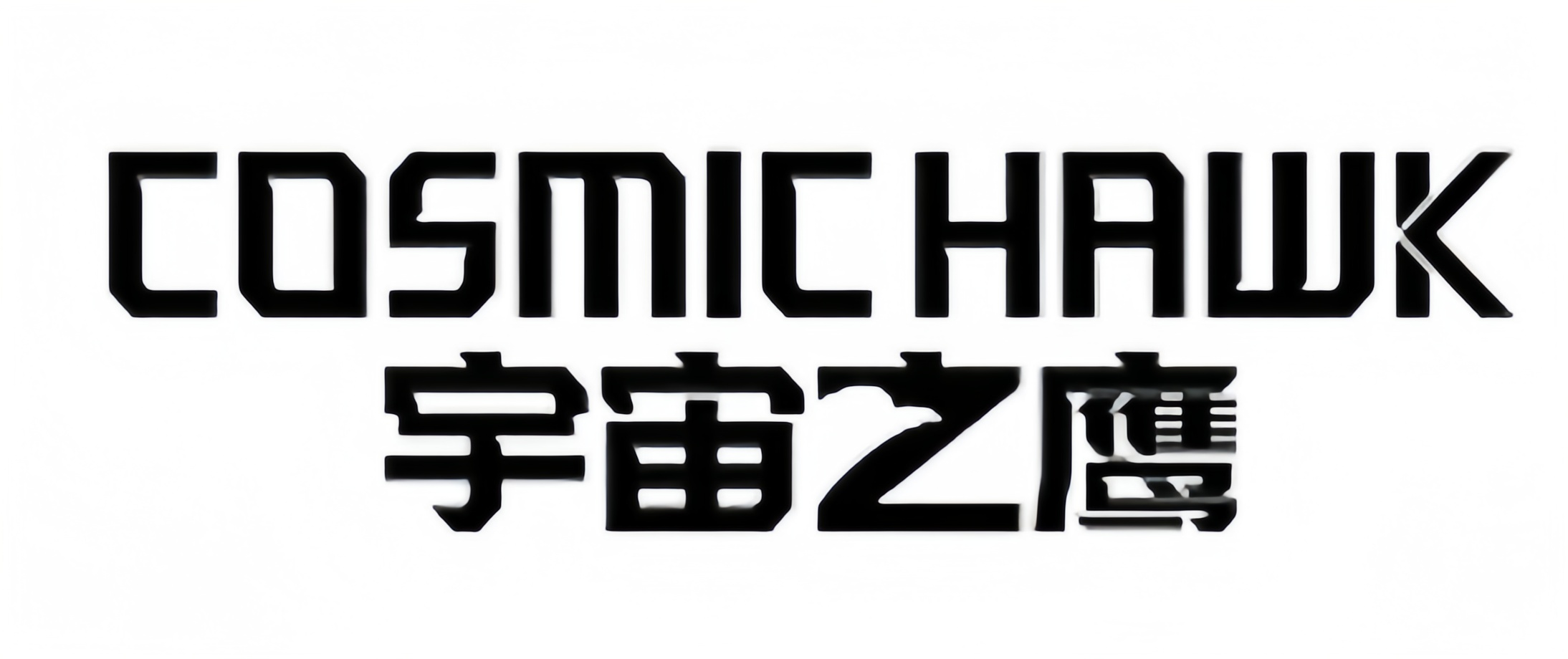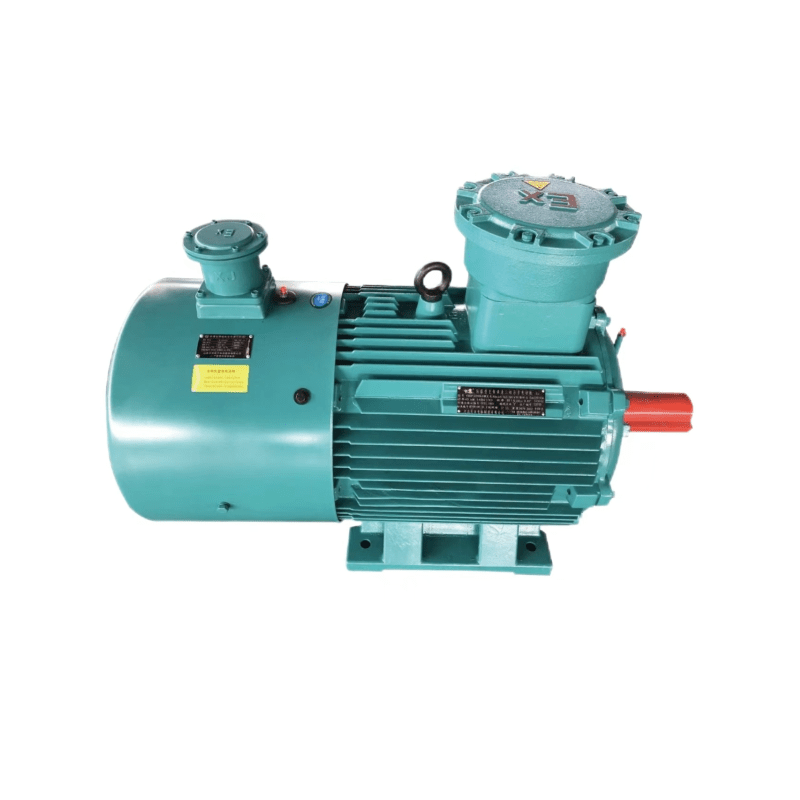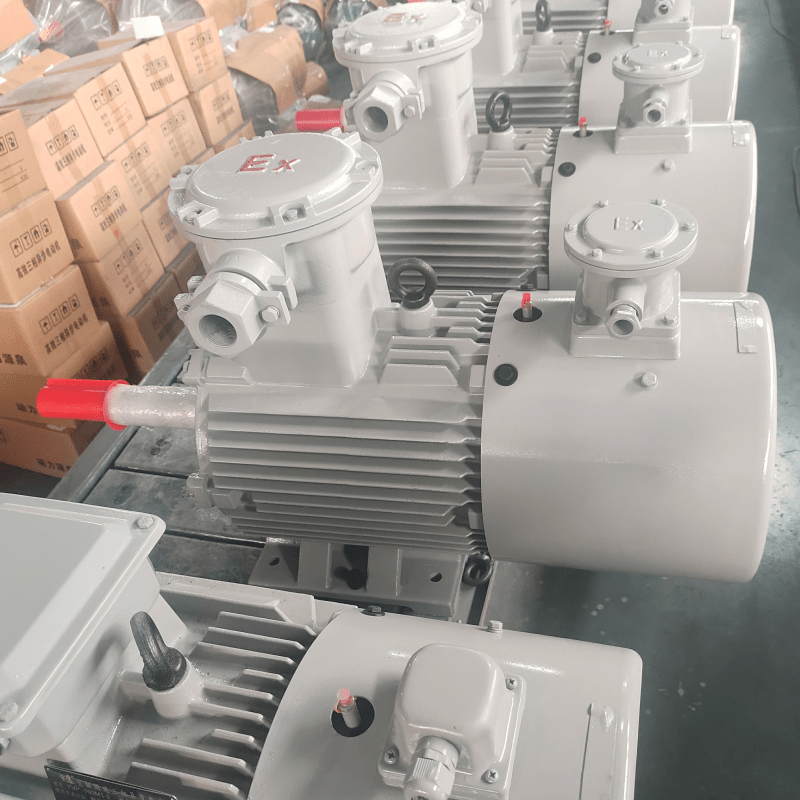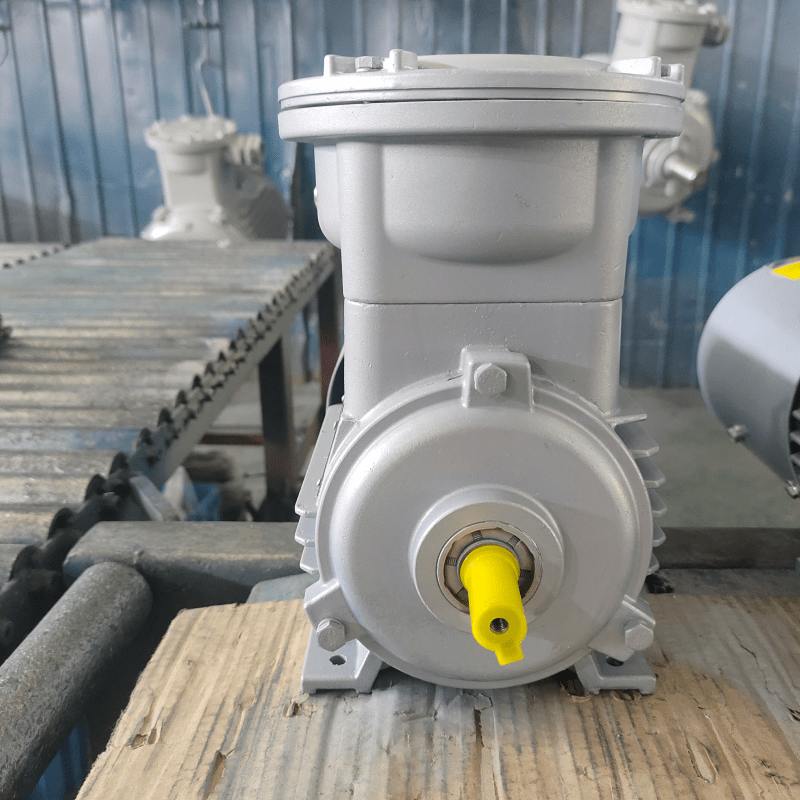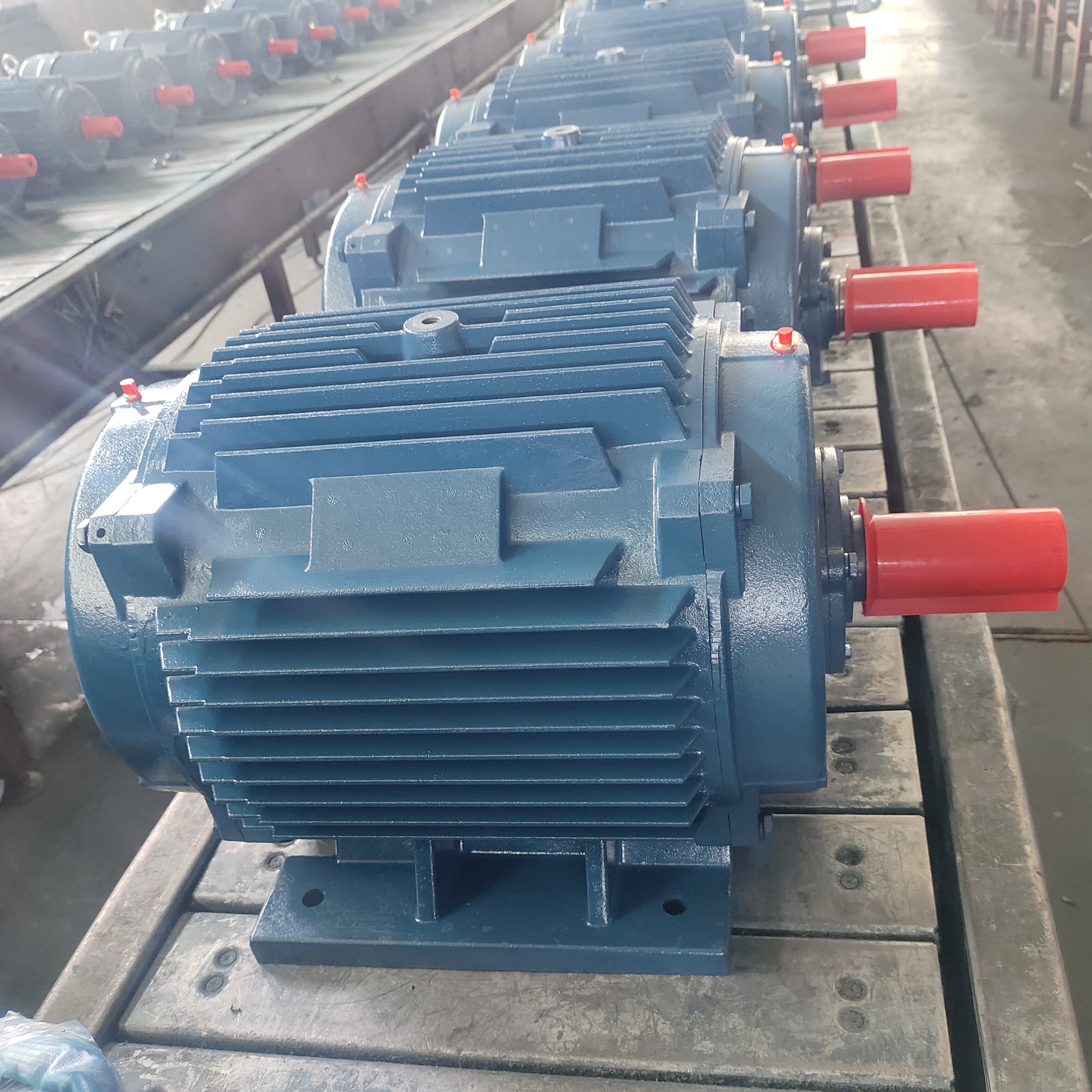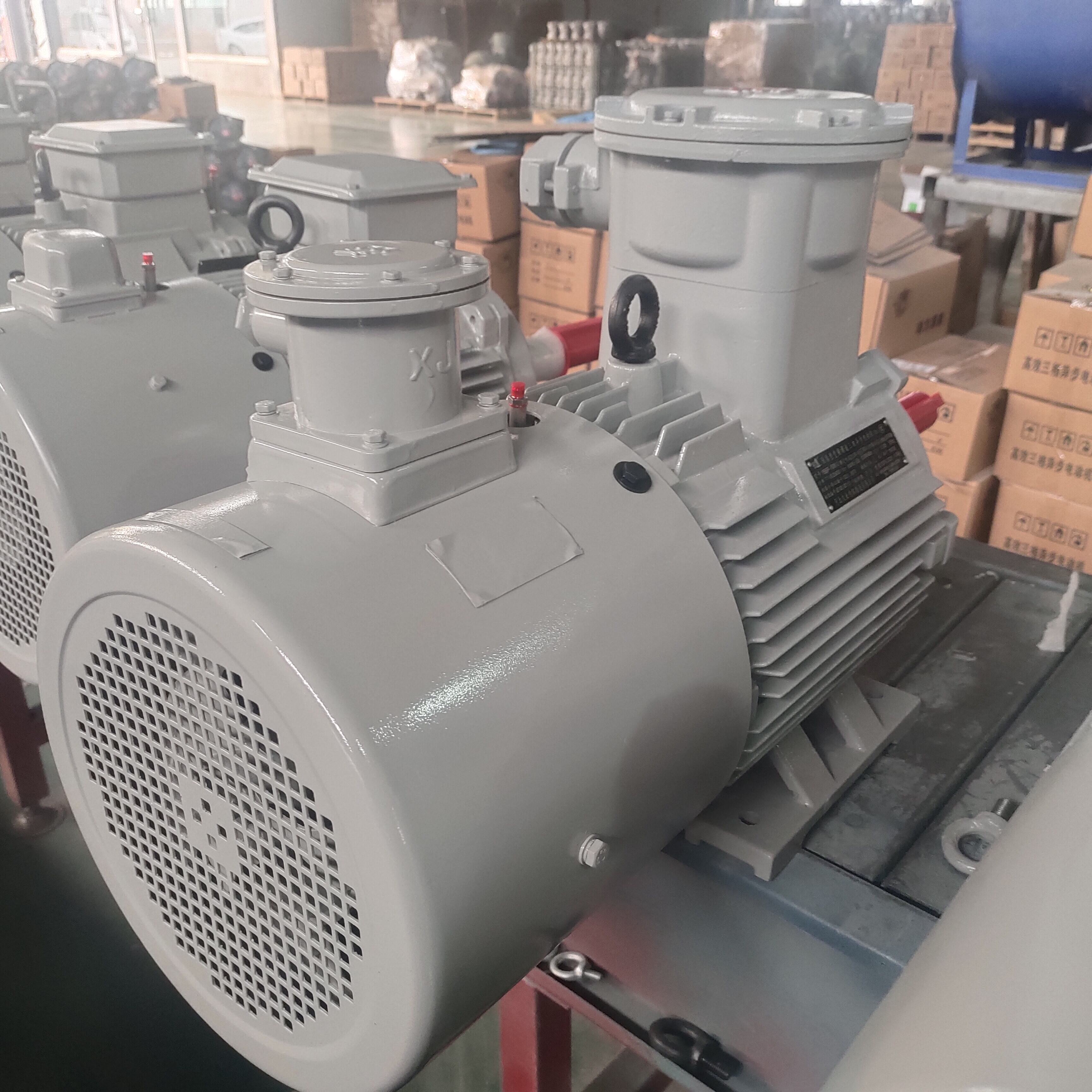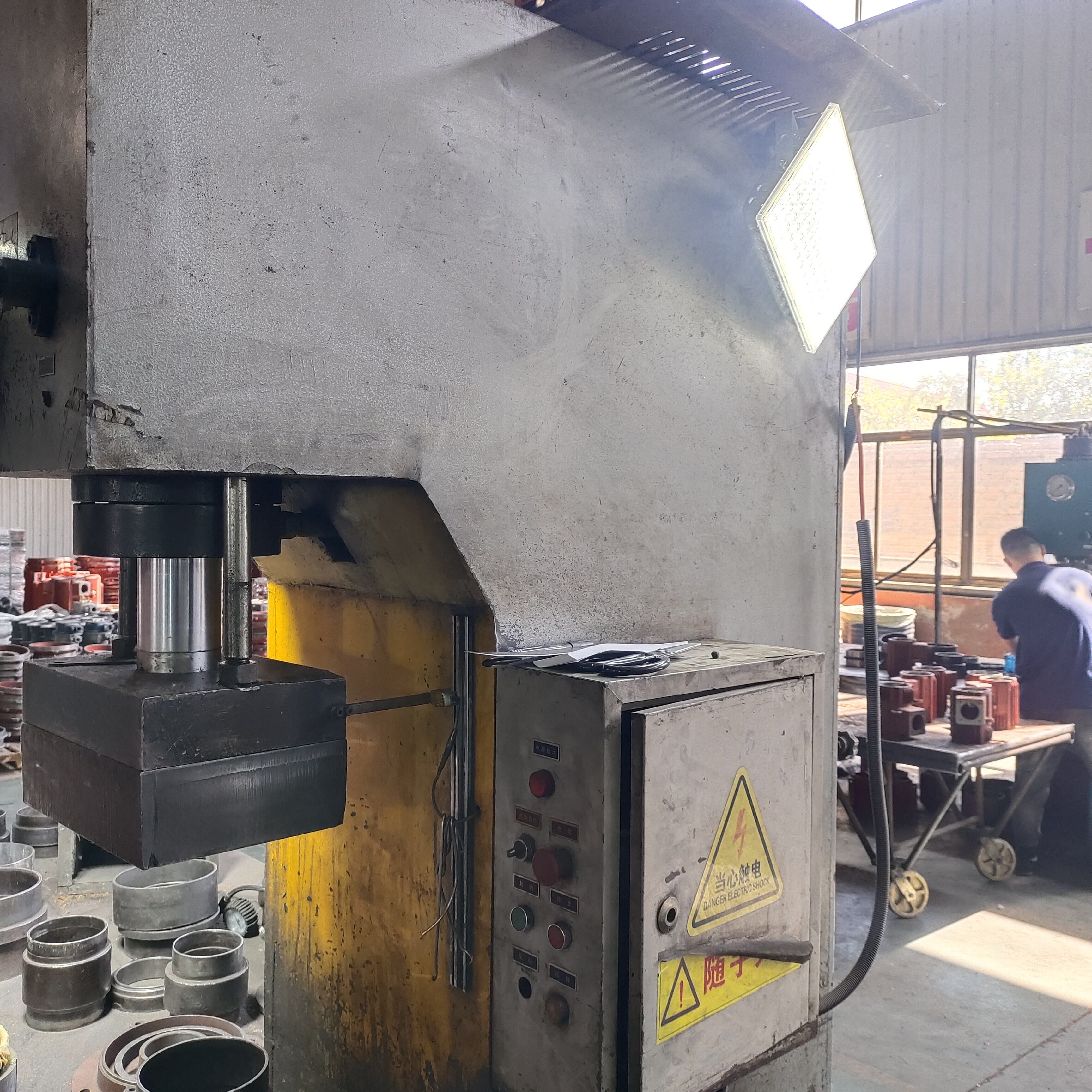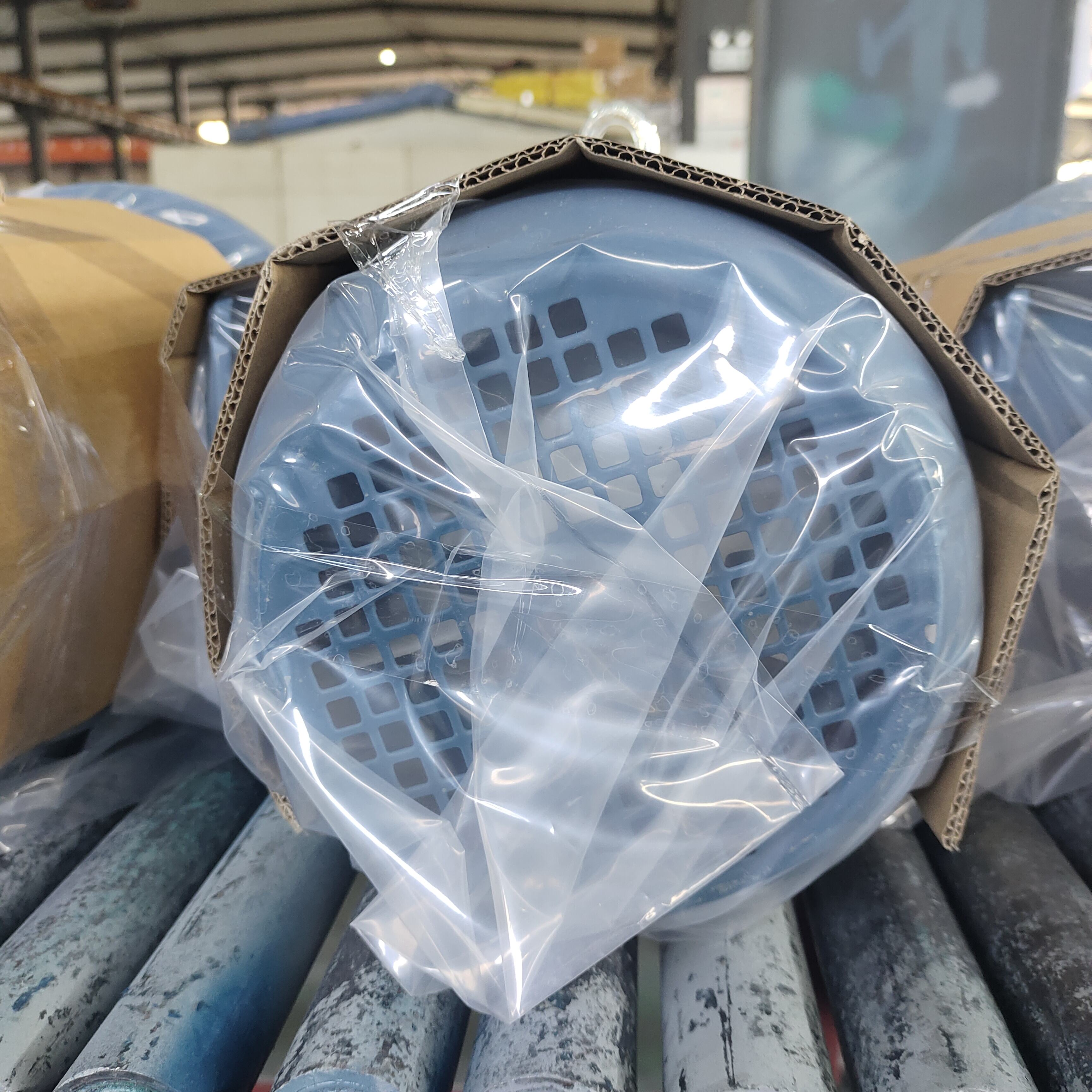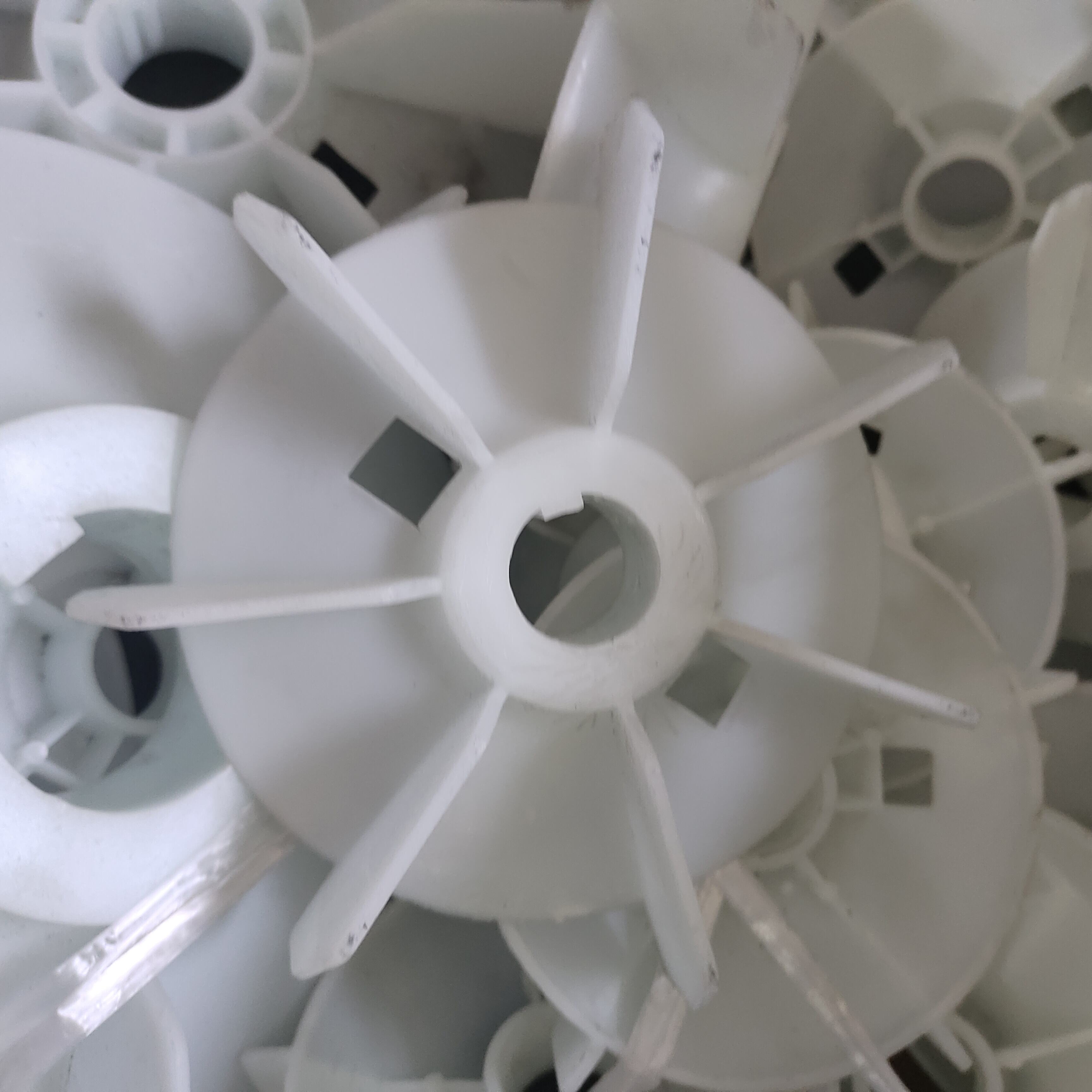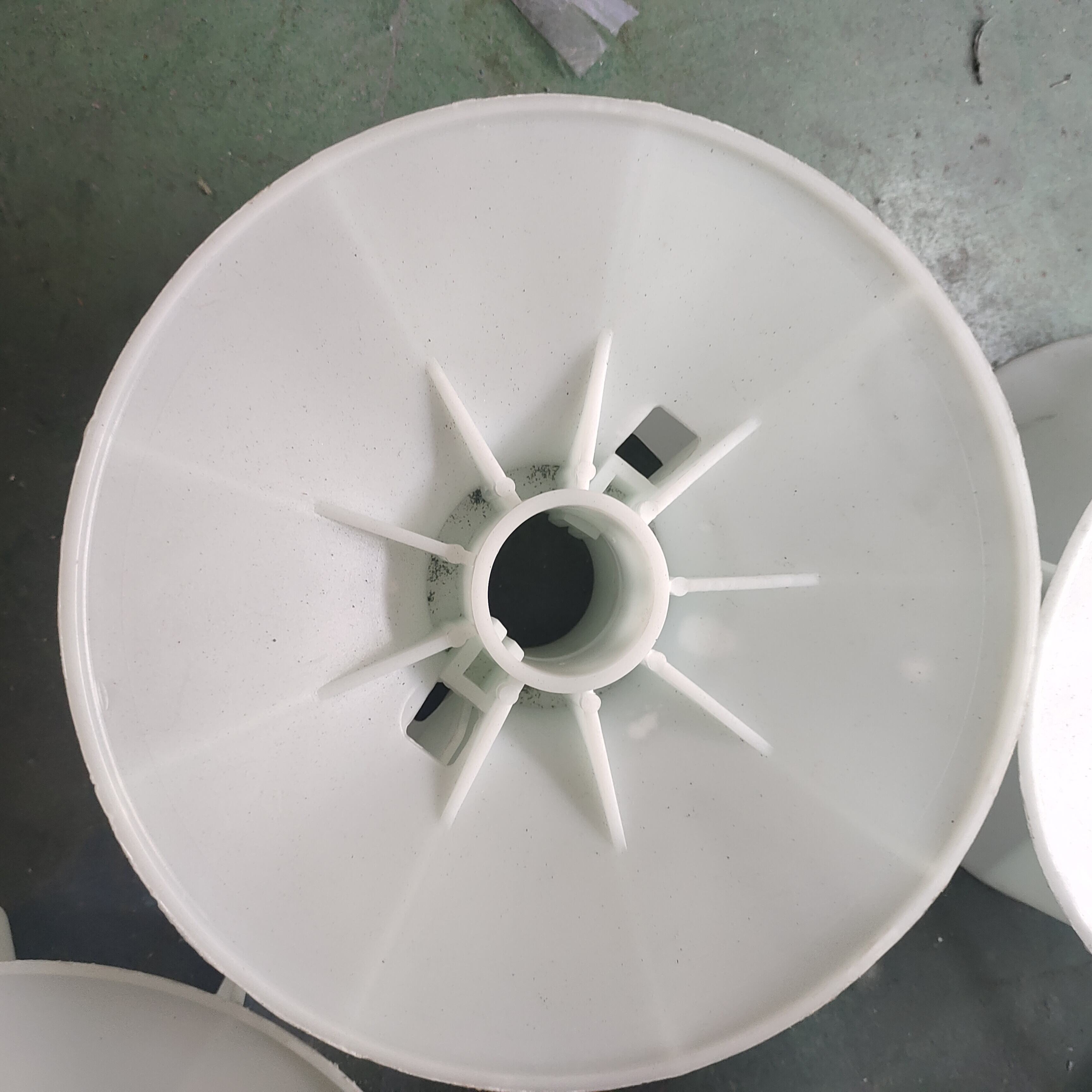Predictive Maintenance and Operational Intelligence Systems
The advanced wind turbine incorporates revolutionary predictive maintenance technologies that transform equipment reliability and operational efficiency through comprehensive monitoring systems and artificial intelligence-driven analytics that prevent costly failures before they occur. These sophisticated monitoring systems deploy hundreds of sensors throughout critical turbine components including bearings, gearboxes, generators, and blade assemblies, continuously collecting vibration, temperature, pressure, and electrical performance data that creates detailed operational profiles for each individual turbine. Machine learning algorithms analyze historical performance patterns, environmental conditions, and component wear characteristics to identify subtle changes that precede equipment failures, enabling maintenance teams to schedule interventions during planned downtime periods rather than responding to emergency breakdowns. The operational intelligence platform integrates weather forecasting data with turbine performance metrics to optimize energy production strategies, automatically adjusting operational parameters to maximize power output while protecting equipment from potentially damaging conditions such as extreme winds or icing events. Digital twin technology creates virtual replicas of each advanced wind turbine installation that simulate component behavior under various operating scenarios, allowing operators to test maintenance strategies, evaluate performance improvements, and optimize replacement schedules without risking actual equipment. Condition-based maintenance protocols replace traditional time-based service intervals with data-driven approaches that perform maintenance actions only when analysis indicates actual need, reducing unnecessary interventions while ensuring optimal component reliability and extended operational lifespans. The centralized dashboard provides real-time visibility into fleet performance across multiple installations, enabling operators to identify trends, benchmark performance metrics, and implement best practices across their entire portfolio of advanced wind turbine assets. Automated alert systems notify maintenance teams immediately when sensor readings exceed predetermined thresholds or when predictive models identify developing issues that require attention, ensuring rapid response times that minimize potential equipment damage and production losses. Integration with supply chain management systems automatically generates parts orders and schedules delivery based on predictive maintenance recommendations, ensuring critical components remain available when needed while minimizing inventory carrying costs and storage requirements.
